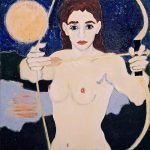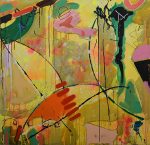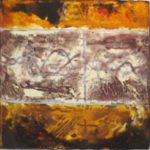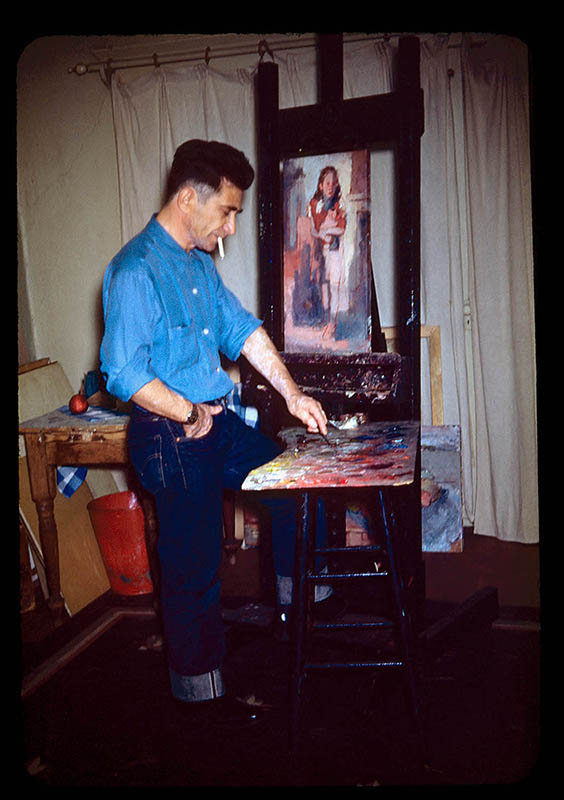
Coming to Chicago in the mid-1920s, Van Young worked as an errand boy, and later as a lithographer; a skill that emerged in some of his earliest artistic efforts. Every spare moment was spent either studying the work of historic masters, Van Gogh, Cezanne, Degas, Utrillo, Pissarro, and others, at the Chicago Art Institute or honing his own skills as a young painter. By the early 1930s he began to gain a reputation as an artist during the Depression years in Chicago. He was one of many American W.P.A artists, earning a modest government stipend from the Federal Arts project during the Great Depression, creating public murals; many in the preferred “social realist” style of the times. (Van Young’s 1938 painting, “The Laundresses”, is emblematic of this period.)
He was studying painting in a class taught by Sam Ostrowsky, when he met the artist Loli Vann (nee Lilian Finkelstein) in the early 1930s and they were married in 1935. In 1940 the couple moved to Los Angeles, where he worked for a time at 20th Century Fox as a set design artist, working on several notable films including Alfred Hitchcock’s 1944 classic, “Lifeboat”. Over time, Oscar Van Young’s reputation as a painter grew to national levels with exhibitions in galleries and museums across the country.
Von Young’s subject matter from the 1930s through the mid-1940s, was predominantly figurative or cityscapes, depicting the neighborhoods and streets of Chicago and later Los Angeles. By the late 1940s he was developing his personal interpretation of post-impressionism and abstract expressionism, while still continuing to paint the cityscapes he loved, which continued through the mid-1960s. His form of expressionism was seldom entirely non-objective though; instead preferring to retain his love and intimacy with the figure or object, executed with thick, bold brushwork and robust color, which often obscured the subject. In this way, his work remained apart from the large scale, non-objective paintings pioneered by the New York Expressionists.
The post-impressionist paintings embody his love of the late 19th/early 20th century European masters he’d spent so much time studying at the Art Institute; their romantically sentimental representationalism in contrast with his bolder abstract work.
Never abandoning the cityscape, Van Young’s oeuvre grew with varying stylistic depictions of Los Angeles, Ensenada, the cities of Europe, St. Thomas, Morocco, and Mexico. Galleries found these cityscapes of European streets, to be particularly popular with collectors, and these became the prevalent genre in the artist’s late career through the 1980s.
Over the course of Van Young’s career, his paintings were presented in important exhibitions, among them The Corcoran Gallery in Washington, D.C., the Virginia Biennial, San Francisco Museum of Art, the Art Institute of Chicago, the Los Angeles County Museum of Art (LACMA), and many others. He had numerous solo shows throughout California, was represented in many museums and galleries internationally, and had works acquired by a number of prominent museums. Van Young was listed over decades in Who’s Who In America, Who’s Who In The World, Who’s Who In American Art, and other publications devoted to biographies of prominent figures in the arts, and was elected a member of the American Academy of Arts and Letters.
For many years he taught privately, as well as at the Otis Art Institute, Pasadena City College, and California State University – Los Angeles. Between 1940 and 1980, Van Young was a prominently visible figure in the West Coast art scene.
Oscar Van Young passed away on February 26, 1991.
A collection of his professional papers is held by the western section of the Smithsonian Institution Archives of American Art at the Huntington Library.
- Los Angeles County Museum of Art
- Palm Springs Desert Museum
- Illinois State Museum
Smithsonian Institution, Washington, DC - Laguna Beach Museum of Art
- Chicago Institute of Art
- Santa Barbara Museum of Art
- The Frye Museum, Seattle, WA
- Israel Art Museum, Tel Aviv
-
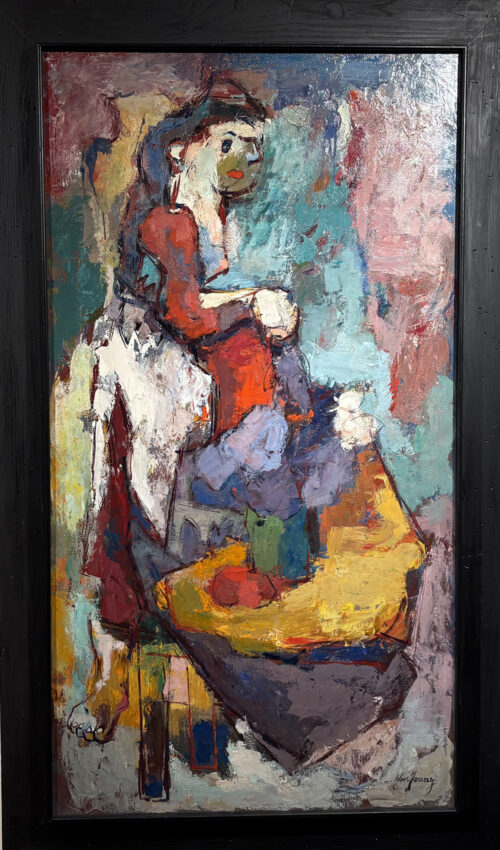
Woman With Irises
$17,500.00 Add to cart -
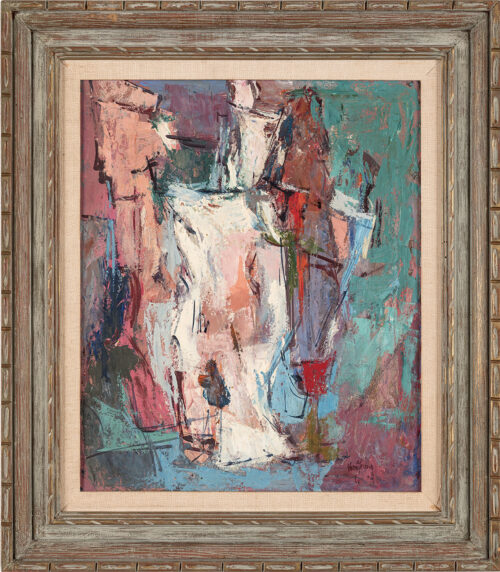
Waterfall, No. 1
$16,000.00 Add to cart -
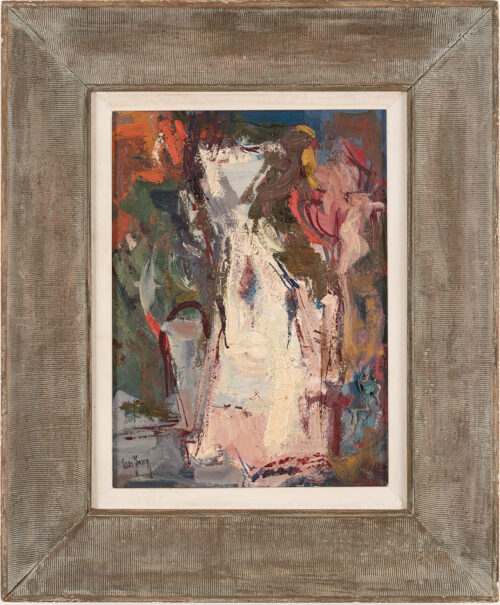
Waterfall, No. 4
$10,000.00 Add to cart -
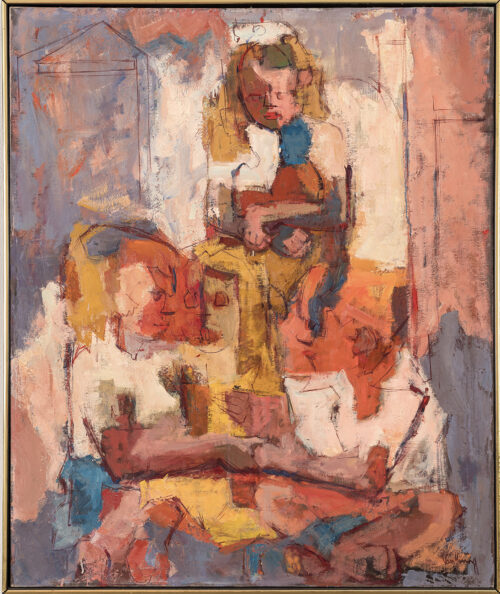
Three Children with a Doll
$16,500.00 Add to cart -
Sold
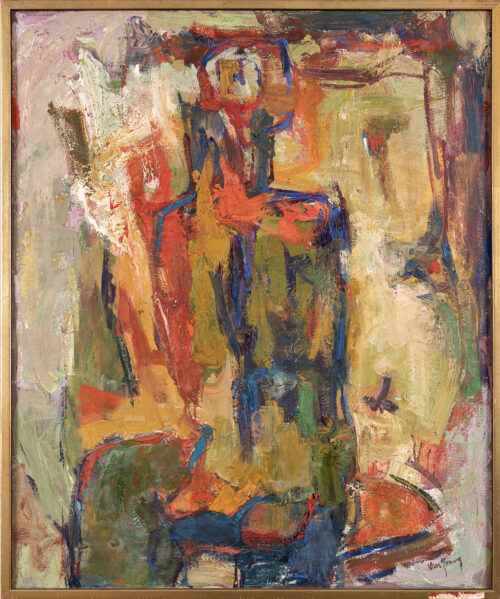
The Philosopher
$18,000.00 Read more -
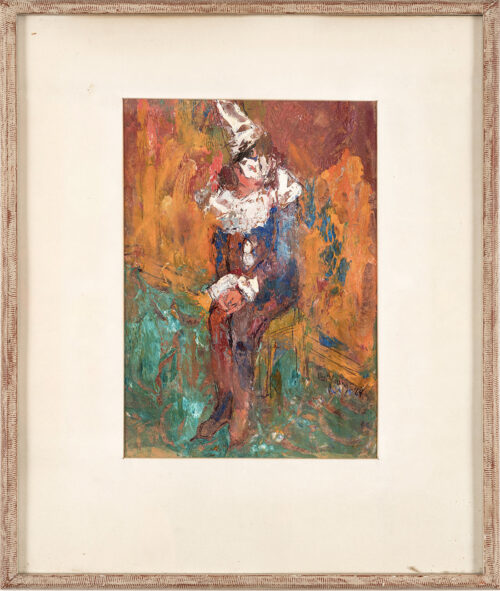
Pierette
$8,500.00 Add to cart -
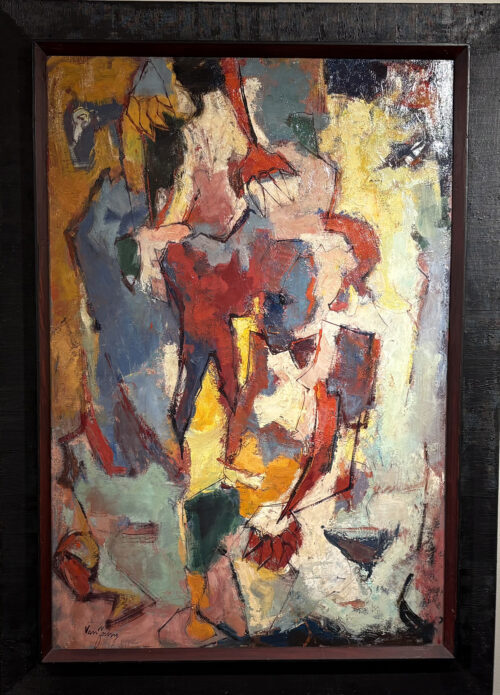
Girl with Dog (Orchestration in Red, Blue & Gold)
$17,000.00 Add to cart -
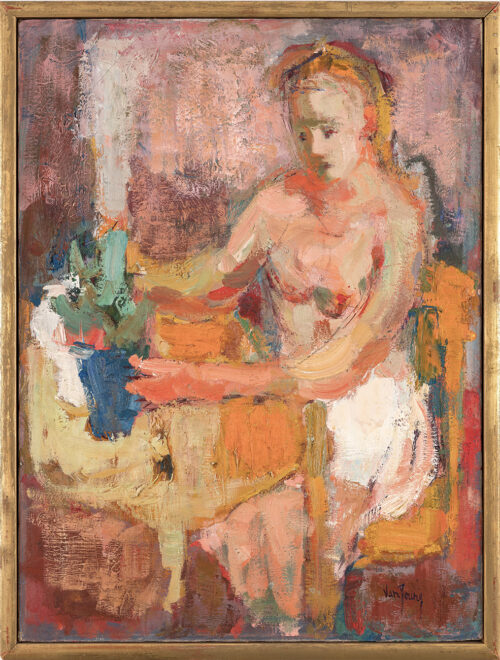
Introspection No.1
$13,500.00 Add to cart -
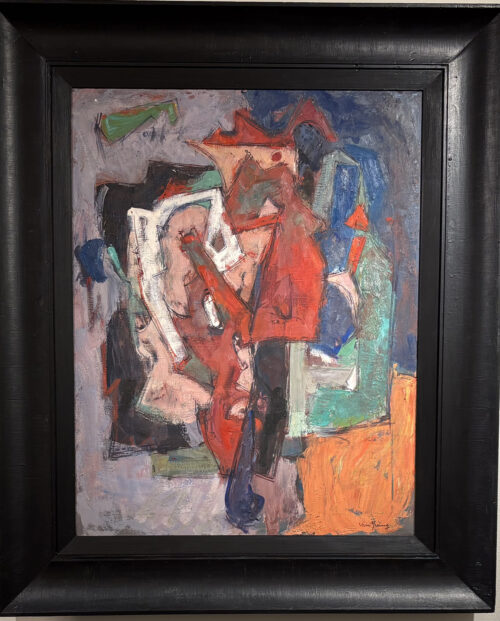
Harlequin & Columbine, No.4
$14,500.00 Add to cart -
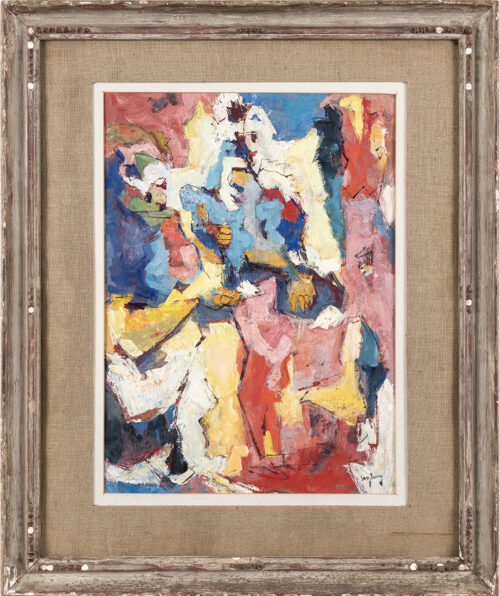
Girl in Ballet Dress
$12,500.00 Add to cart -
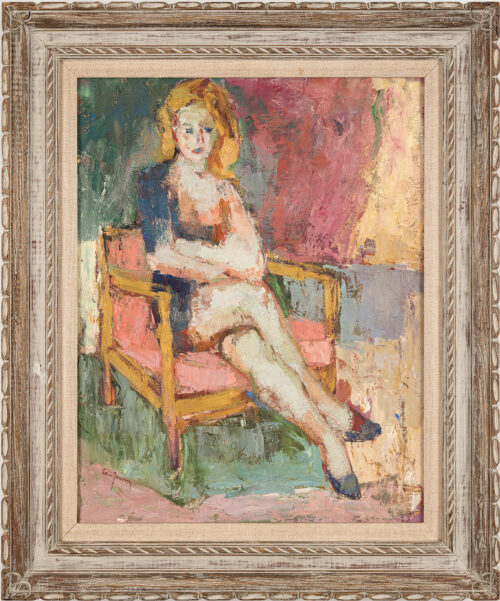
Independent Woman (Evelyn)
$12,500.00 Add to cart -
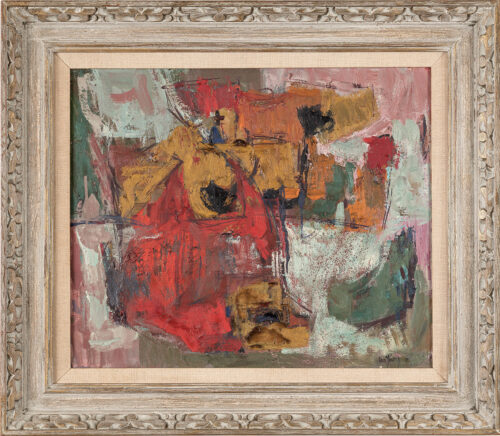
Driftwood
$16,000.00 Add to cart


